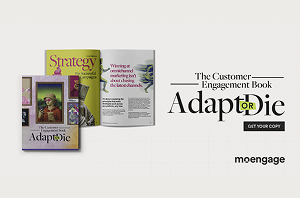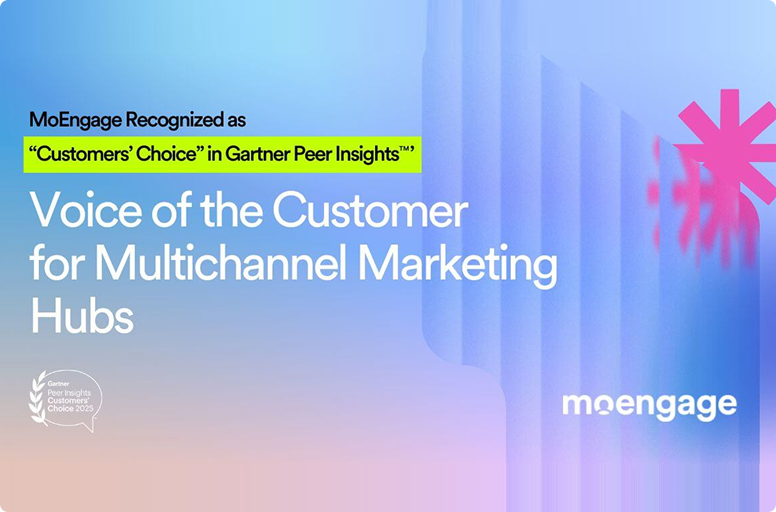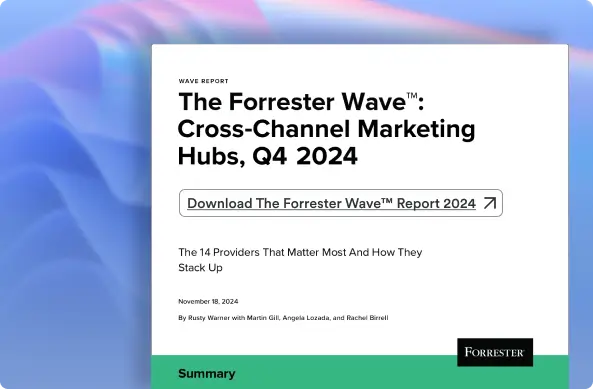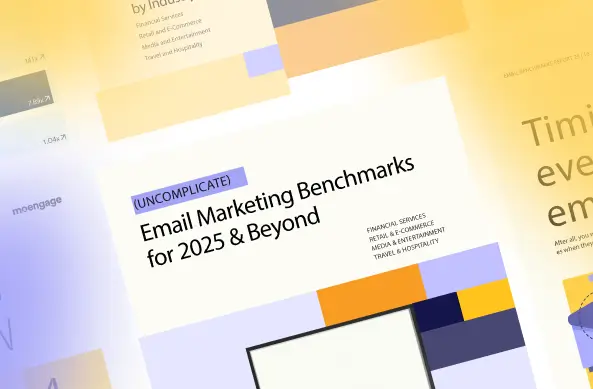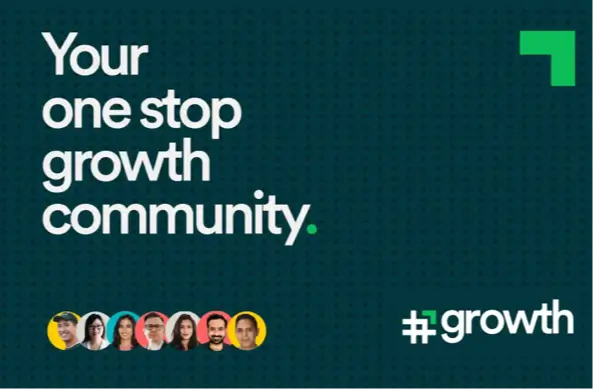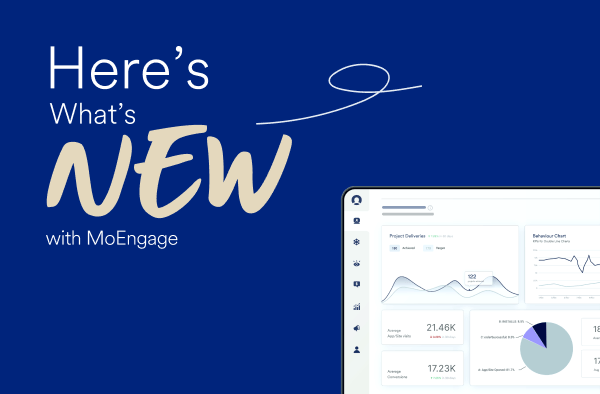Customer Engagement for Banking in the Middle East: Surge in Digital Payments and Need for Connected Banking Experiences
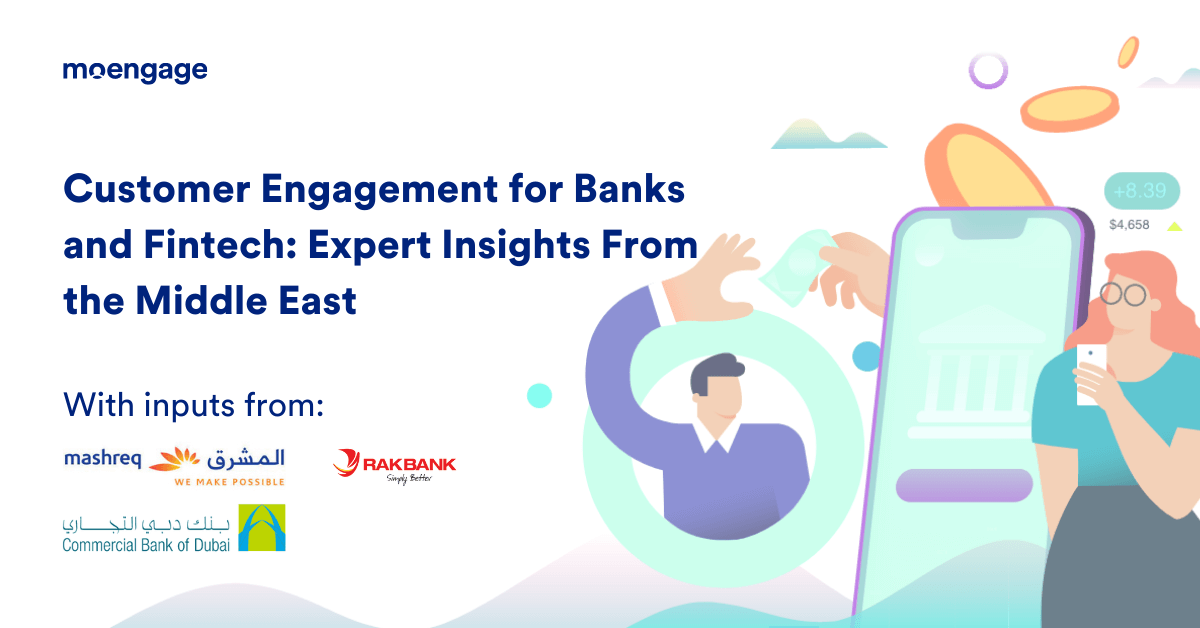
Reading Time: 8 minutes
Expected CAGR of 15.39% (2021-2026) and smartphone proliferation of 75% in Qatar, 73% in the UAE, and 60% in Saudi Arabia, the digital payments ecosystem in the Middle East is all set for robust growth. Large-scale digital transformation, rapid adoption of mobile payments, gradual change in customer lifestyle, and increased usage of E-commerce are all key contributors. One of the other apparent factors driving the growth of banking and finance in the Middle East is the pandemic, which essentially fast-tracked adoption of digital payments in the absence of cash payments. Studies conducted by London-based Checkout.com suggest that surges in the adoption of digital payments could practically cause erosion of cash in the region. In this article, we are going to analyze and understand customer engagement for banking in the middle east, along with use cases and examples from top brands.
|
🎯 A Visa survey revealed, among store shoppers, 71% pay using digital channels, 54% use contactless cards, and 46% use mobile wallets 🎯 Among online shoppers, close to 61% choose cards and digital wallets over Cash On Delivery 🎯 The respondents cited the speed, convenience, and security of digital payments as the key reasons for the adoption 🎯 The trend is here to stay, as evidenced by 43% of customers sticking to contactless payments in-store and 48% continuing to choose online payment over Cash On Delivery |
Before we dive into the customer engagement strategies, we need to consider one more contributing factor. The emergence of a new segment of prime economic drivers, i.e., millennials and Gen Z. Digitally-savvy and technologically advanced, this segment has come into its own and is now dictating how banks and fintech should engage them. One can observe similar trends worldwide, and of course, the Middle East is no exception.
|
🎯 A recent survey conducted by Kearney found 70% of the younger generation customers (millennials and Gen Z) who previously visited ATMs frequently have increased usage of digital payments compared to 37% from the older demographic 🎯 According to the survey, mobile apps have come out on top, with 49% of ATM goers now relying on banking apps and 35% using the bank website 🎯 Furthermore, branch visits will dip from six times a year to two visits by 2022 among millennials, with desktop banking giving way to mobile banking 🎯 A CACI report reveals a 63% dip in desktop and laptop banking between 2017 and 2022, clearly showcasing the preference for mobile banking among consumers |
Evolution of Banking and Finance in the Middle East
Way back in 2016, the online banking adoption rate in the UAE was around 92%, with m-banking close to 79%. Along the way, consumer thinking around digital banking evolved as well. The pandemic has most definitely acted as an accelerated, with multiple studies showing nearly 40% of consumers found digital channels to be more useful during the pandemic outbreak.
Now, as we move toward a post-pandemic reality, consumer behavior shifts that occurred out of necessity will likely become the standard, with 85% of those who have increased their usage of digital channels expecting to continue using them more post-COVID.
The growth in digital banking and online payments is most pronounced in the millennial and Gen Z demographic, who are more likely to bank digitally, with three out of every five reporting the same shift. As we head into the new normal for consumer banking, financial institutions that want to remain relevant should consider shepherding digital non-natives to online channels and make targeted investments in user education, outreach, and incentives to keep customers engaged. Banks and fintech need to create more opportunities for digital engagement and reinvest in mobile banking.
How Are Banks and Fintech Driving Customer Engagement for Banking in the Middle East
Pandemic has accelerated digital adoption, which already started a couple of years back, across many industries. Banking is absolutely no exception to the rule. The digital adoption observed so far is expected to become more habit-forming over time. Digitization of operations and user education are the keys to meaningful customer engagement for banking in the middle east.
Here are some of the customer engagement strategies of the big players in the Middle East’s banking and finance sector:
RAKBANK’s Relentless Focus on User Education Reflects in the Surge in Adoption and Usage
RAKBANK, one of the largest and most prominent retail and business banks in the UAE, prioritized user education. The Bank focused on informing and educating customers about contactless and digital wallet payments viz. Apple Pay, Google Pay, Samsung Pay, Garmin Pay, Fitbit Pay, and SwatchPAY. RAKBANK communicated about the safety and convenience offered by the digital payment options to nudge habit-formation among customers.
As a result, the adoption of contactless payments in RAKBANK’s portfolio has grown by 2.5X compared to pre-pandemic numbers. While payment apps were the rockstars for growth during this period, RAKBANK’s app, Skiply, was no exception. Skiply helps parents pay school fees right from their homes. Skiply saw accelerated adoption owing to the pandemic and the convenience and ease of use.
Over 145 schools have been onboarded on the Skiply app, with 72,000 students and over 200,000 parents registered. Products that are useful, helpful, and timely have seen massive adoption, like the RAKfoodie app. With dine-in no longer an option, we focused on delivery options and responded to the need of the hour. We have kept customer needs at the heart of all our marketing initiatives- Banali Luthra Malhotra, Director Marketing, RAKBANK
Commercial Bank of Dubai Prioritizes Financial Inclusion and Optimizes Customer Onboarding
Two months of Covid has done more for digital adoption than two years in the past. With the shopping preference changing from physical stores to predominantly online channels, so did the mode of payment and banking in general. Digitization of services, accelerated by the pandemic, also resulted in a phenomenal uptick in digital adoption. Commercial Bank of Dubai introduced end-to-end seamless onboarding. Consumers can now open an account in under two minutes and less than ten clicks using their Emirates ID.
With over 300 million unbanked adults (according to the MENA Financial Inclusion Report 2020) in the region, Commerical Bank of Dubai tapped into the unbanked segment communicating key offerings like no minimum balance requirements, free debit cards, along with a host of other benefits like two free remittances per month.
We analyzed consumer behavior and understood pain points like remittances, particularly for blue-collar employees. We realized that offering free remittances through mobile to customers is a good practice. The remittances aren’t limited to bank-to-bank transfers but can happen on cash pick-up options and direct wallet transfers. We foresee digitization as the way forward because once you pick up a customer here, it is likely for life because it is relatively rare they’ll go back to paper- Sandeep Poduval, Head of Marketing, Commercial Bank of Dubai
Mashreq Bank Unlocks Meaningful Engagement by Deep Diving Into Customer Behavior and Personalization
As witnessed above, the pandemic provided banks and fintech an opportunity to deepen their relationships with customers. These relationships need not be limited to transactions but can span multiple other use cases like school fee payment (Skiply), food order (RAKfoodie), and other services the Bank can facilitate. The bottom line is banks need to make the customer’s life easy across all digital touchpoints. The challenge is to provide relevant and personalized experiences for various age groups and segments. Mashreq Bank analyzes customer behavior, understands it, and makes proactive decisions to personalize communication using AI-enabled optimization.
Before the pandemic, we observed marginal uptake of our communication around contactless payments, but COVID has acted as an accelerant. During the pandemic, cash transactions dropped by 60%, indicating movement to contactless payment. The growth trends remain the same across all age groups. The average age of self-onboarded, digitally-savvy customers is around 36 years- Jayanth Ananthakrishnan, VP and Digital Product Lead, Mashreq Bank
Check out this panel discussion for more detailed use cases and real-world examples on customer engagement for banking in the Middle East:
Importance of Building a Connected Banking Experience and How to Approach It
Banks and fintech need to create omnichannel connected experiences, where the customers can choose their preferred offerings. The banks need to provide the ability to pause or unsubscribe from their services easily. Parallels can be drawn between this model of connected banking to Netflix’s model as it deals with analyzing customers’ behavior and preferences and providing relevant recommendations. The ‘Netflix of Banking’ experience model also focuses on seamless connectivity. A banking activity (such as adding a beneficiary on the laptop/desktop screen) should appear seamlessly on all devices (scheduling a transfer to the beneficiary via the mobile device). Similar to how Netflix preserves your last watched show and favorite preferences across devices and channels.
So, how can banks build such a connected experience model? The answer lies in using analytics and providing seamless and customized experiences based on consumer preferences. But why do most banks struggle? It is partly down to technology infrastructure and legacy systems still in use. The fact that the data architecture is entirely different from the delivery platform architecture doesn’t help either. Most legacy banks suffer from having a siloed approach to data analysis. Digital transformation is the key to ensuring that the data and digital platforms are on the same tech stack. Delivering analytics-powered, tailor-made experiences will be critical.
A Step-by-step Approach to Get You Started on Building the Netflix Model of Connected Banking Experience
- The first step is to get a clear buy-in from top management for unification, customer data view, and digitization.
- The second step is providing customers with choices. Netflix of Banking is about choice. Just like Netflix enables customers to watch what they like and unsubscribe at any time they please. Banks need to do the same. They need to provide the customers with the option to choose what they want. For example, customers can choose to pay off the loan in 23 months instead of locking it for 48 months.
- The third step, of course, is personalization. Customers receive tons of marketing communication across all channels. The key is to provide information according to their needs and wants. Banks can learn from Spotify and Amazon, who are nailing personalization by showing customers relevant offerings. Once you create these cohorts, don’t overcommunicate. Instead, nudge the customers at the right time in a personalized manner using smart triggers. Banks can reach specific cohorts with triggered campaigns around birthdays and anniversaries. Adding relevance and context to the communication will not only improve conversion but also strengthen the customer relationship. Mashreq Bank, for instance, has four internal buckets in terms of segmentation: Hot, Cold, Colder, and Coldest. The bank differentiates based on the frequency of transactions, engagement, and activity. The hottest bucket is the most active, and the coldest is the most inactive. The biggest challenge is the coldest segment. Mashreq resolves this problem by sub-segmenting the hottest bucket to see if there are any coldest segment look-alikes. They then reach them with clever communication to turn a level warmer.
- The fourth step is a deeper focus on the omnichannel experience. Banks should enable customers to choose their preferred offering and cancel easily. This essentially reduces the workload of visiting a physical branch to close the account. The aim is to create a framework where a customer can close the account digitally across channels, no questions asked.
- The fifth step is harnessing second and third-party data to drive precision targeting and investing in tools and tech stack to deliver results. This is critical to driving segmentation and personalization at scale.
Here’s how Commercial Bank of Dubai and RAKBANK approach the Netflix of Banking model:
- Commercial Bank of Dubai tried to do the same with their credit card offering (CBD One). Customers could choose their card design, package, and pricing. Just like Netflix, customers could pause the services when they want. Customers had a monthly, upgradeable package. The offering saw significant uptake.
- RAKBANK employs a Netflix/Spotify-inspired model: Marketing in the Moment. The core of this model is data analytics, using which the bank gathers consumer insights to better cater to their needs. The bank’s homegrown predictive analysis model has helped in creating campaigns for gold account holders. The bank analyzed and predicted customers’ gold buying behavior based on location, past behavior, and buying patterns. RAKBANK combined these attributes and was able to more precisely reach customers using the right message, on the right channel, and at the right time. This resulted in huge uptake reflected in a 10X jump in leads, conversion, and engagement.
Further Reading:
- Check out how you can build a connected banking experience for your customers
- Find out how the top banks and fintechs in India are engaging their customers
- Discover the growth trends and strategies of the banking and finance sector in Southeast Asia
- Learn more about the burgeoning crypto-trading vertical in India and what drives the growth
- Understand how the consumer lending space in India is poised to grow and the big players leading from the front

